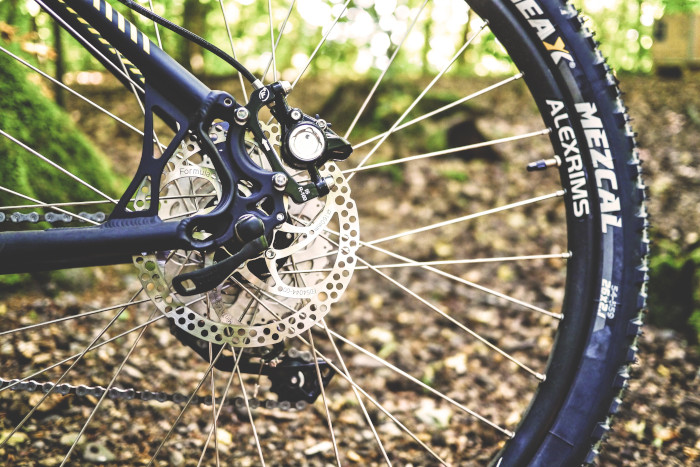At the start of this month a cyclist was stabbed and robbed while biking through a Table Mountain National Park trail in an attack that was just one of many incidents like this that have been taking place in and around Cape Town lately.
In response to the recent spike in attacks on cyclists on our mountains, Table Mountain Bikers released a list of tips on cyclists can ensure the safety of themselves and their bicycles.
Table Mountain Bikers is a trail cycling organisation that aims to create safe space for local cyclists, and it has in-depth knowledge on all things cycling.
Here are a few tips on how to keep yourself and your bicycle safe:
1. Record your bike’s serial number
Cyclists are advised to record the serial number found on the underside of the bottom bracket.
“Store it on your phone and in a safe place for backup,” Table Mountain Bikers says.
2. Have visual proof of ownership
Record visual proof of your ownership of your bicycle. This may include a photograph of you standing next to the bicycle or proof of the invoice; store the proof on your phone.
Table Mountain Bikers explains this is an easy way to prove ownership.
“The point is that when you’re in a situation where your bicycle has been recovered and the thief claims it’s his bicycle, a photo of you with your bicycle makes it pretty easy to prove ownership.”
3. Store your bicycle details
Pedal Power Association South Africa (PPA) has a “bicycle garage” on its website and allows bike owners to store their bikes’ details there as a safety measure in a case in which they forget them.
4. Fit your bicycle with a tracker
Table Mountain Bikers advises cyclists to have trackers fitted to their bicycles, recommending the “Cycle Sense and the Safe Cycle option from Netstar”.
5. Insure the bicycle
Consider getting an insurance plan that provides cover for the cost of your bicycle tracker.
6. Look out for the panic button the organisation has in the works
Table Mountain Bikers is currently developing a panic button, or communication device, that cyclists will be able to use in emergency situations.
The device will allow for two-way communication and will be able to send out distress signals.
“It is a tiny cellphone, about the size of a matchbox, which allows you to communicate with your chosen emergency contacts. Instead of pushing a button and hoping for help to arrive, you can speak to someone and guide them to your location.”
The device will also have tracking capabilities.
7. Wear an ID bracelet while cycling
Cyclists are advised to wear an ID bracelet incase they are unresponsive and require medication. The form of identification lets medical services and rescue teams be informed about potential allergies or preexisting conditions.
PPA gives out free bracelets to its members. Another option to look into is Sweat Safe, but there are other available bracelets on the market.
Picture: Pexels






